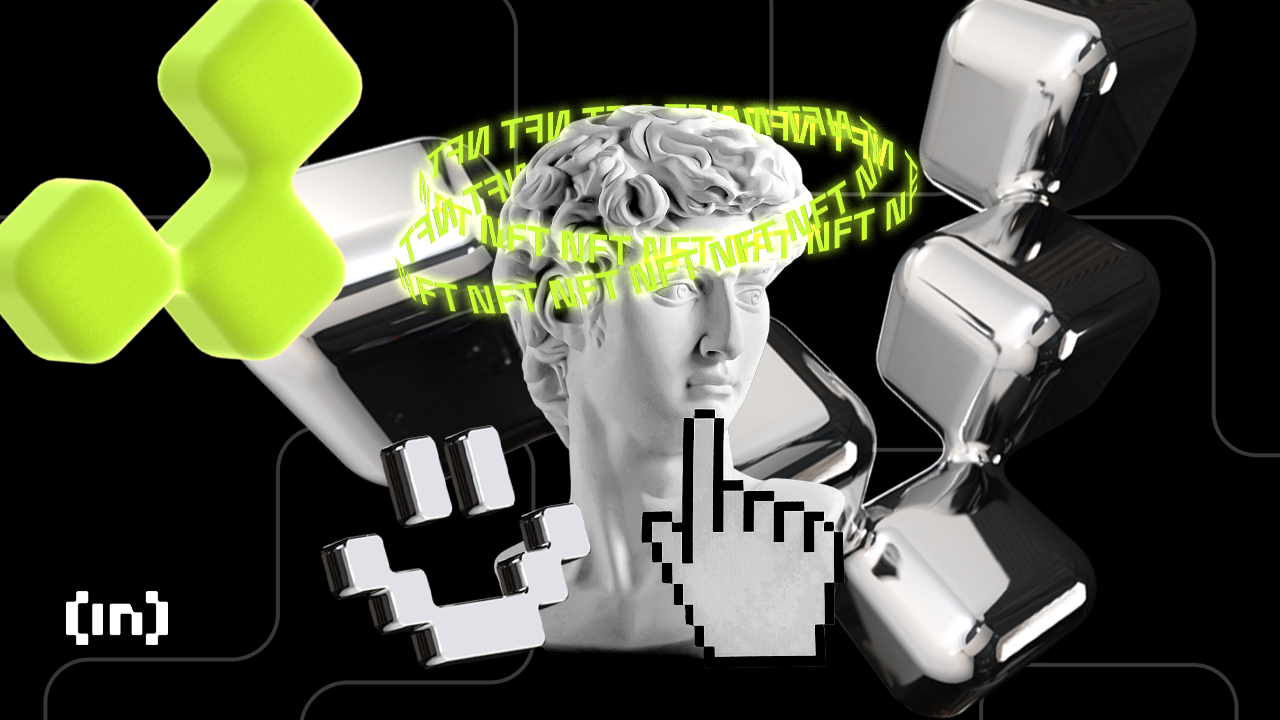How Ordinals Make Bitcoin Both Fungible and Non-Fungible

Bitcoin is generally considered to be a fungible virtual currency – each unit of bitcoin is exactly the same as any other unit of bitcoin and can be exchanged or transacted over the Bitcoin protocol on a like-for-like basis.
In contrast, non-fungible tokens refer to a subset of digital assets that represent ownership of unique pieces of intangible digital content such as digital art, avatars, or even music. NFTs are typically minted or issued independently of a fungible base-layer digital asset such as Bitcoin or Ether. The underlying blockchain network recognizes each NFT as distinct from each other. In other words, an NFT cannot be exchanged for another NFT on a like-for-like basis.
However, the fungible and non-fungible worlds of digital assets have collided with the recent rise of Bitcoin Ordinals – also known as Ordinal Inscriptions. Bitcoin Ordinals, enabled by a 2021 upgrade to the Bitcoin protocol called Taproot, allow Bitcoin holders to permanently “inscribe” the smallest unit of Bitcoin, or satoshis, with unique digital content of up to 4 megabytes.
Despite continued regulatory uncertainty surrounding digital assets, Bitcoin Ordinals have generated significant interest in recent months, contributing to an increase in Bitcoin transaction fees in early 2022. According to recent media reports, more than 500,000 Bitcoin Ordinals have been “minted” or issued on the Bitcoin blockchain to date. The growing popularity of Bitcoin Ordinals has even prompted developers of other virtual currencies to incorporate similar features on their respective blockchain protocols.
Simultaneously fungible and non-fungible
Unlike traditional NFTs, Bitcoin Ordinals give Bitcoin both fungible and non-fungible properties.
For example, unlike an NFT issued on the Ethereum blockchain, the Bitcoin protocol does not recognize a satoshi inscribed with unique content as different from any other satoshi. A holder of a Bitcoin Ordinal is therefore free to exchange his satoshi for another, and can even use the inscribed satoshi to pay for transaction fees on the Bitcoin network. In this way, Bitcoin Ordinals preserve the fungible nature of Bitcoin and behave as any freely exchangeable virtual currency would.
On the other hand, Bitcoin Ordinals can also behave much like NFTs as digital collectibles, as they can be bought or sold for their unique inscribed content – which in one case has included a fully functional video game. This attribute provides the Bitcoin Ordinals value regardless of the Bitcoin virtual currency. Several third-party NFT marketplaces have reportedly launched platforms to facilitate the trading of Bitcoin Ordinals.
Because digital content inscribed on a satoshi is permanent, Bitcoin Ordinals can be used as a virtual currency in one transaction and as an NFT in another, forever varying between the two use cases. Whether a Bitcoin Ordinal makes the underlying satoshi fungible or non-fungible therefore depends on how the holder decides to use it.
Regulatory implications are unclear
The duality of a digital asset being simultaneously fungible and non-fungible raises potentially challenging regulatory issues surrounding the characterization of the digital asset under the federal securities laws. No US regulator to date has formally addressed the ability of a historically fungible digital asset to transform into an NFT and vice versa.
For example, it is unclear whether a unit of a digital asset once issued as a security ceases to be a security if the same unit of the digital asset is later sold in a non-fungible capacity as a digital collectible. Such a scenario might resemble a decades-old rare coin being sold at auction as a valuable piece of memorabilia, where the utility and market value of the rare coin is completely divorced from its face value.
Conversely, it is also unclear how regulators might characterize the morphing digital asset if it is later redeemed as a fungible token in the secondary market. To continue the rare coin analogy, this would be akin to the rare coin being put back into general circulation for its original intended use, namely for the purchase of goods and services.
Although the regulatory treatment of an instrument may change over time depending on the relevant facts and circumstances, it is unclear how such an approach will apply in practice to a digital asset that continually changes between a fungible token, and one that is so unique like a piece. works of art such as the Mona Lisa.
It may be too early to tell if this latest trend in the world of digital assets will stick around forever. However, innovations in the digital asset space continue at a rapid pace, often pushing the boundaries of existing regulatory frameworks and challenging regulators to develop creative solutions to adapt.
This article does not necessarily reflect the opinion of Bloomberg Industry Group, Inc., the publisher of Bloomberg Law and Bloomberg Tax, or its owners.
Author information
Daniel Davis is a partner and co-chair in Katten’s financial markets and regulatory practice.
Alexander Kim is a solicitor in Katten’s financial markets and regulation practice.
Write for us: Author’s Guidelines























